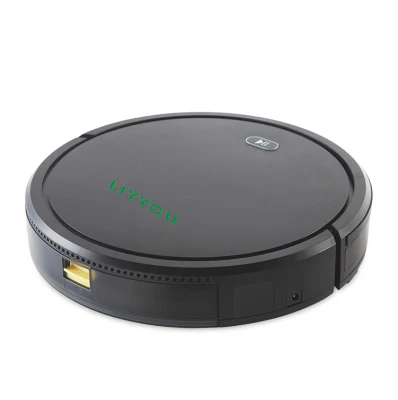
Lithium ion batteries have become the preferred choice for energy storage systems due to their high energy density, long cycle life, and low self-discharge rate. These batteries are widely used in various applications such as portable electronic devices, electric vehicles, and grid energy storage systems.
One of the leading players in the battery energy storage and power management solutions is a high-tech enterprise focusing on providing battery management systems, active balancers, battery maintenance instruments, battery spot welding machines, and other products to meet customer needs. The company is committed to research and development, production, and sales, and has established long-term strategic partnerships with many customers around the world through the principles of sincere cooperation, mutual benefit, and customer first.
The ultimate guide to lithium ion battery storage provides a comprehensive overview of the technology, applications, benefits, and challenges of lithium ion batteries. It covers everything from the chemistry and structure of lithium ion batteries to their performance characteristics and safety considerations.
Key points that should be highlighted in the guide include:
1. Chemistry and structure of lithium ion batteries: The guide should provide a detailed explanation of the chemical composition and structure of lithium ion batteries, including the electrodes, electrolyte, and separator. It should also explain the principles behind the charging and discharging of lithium ion batteries.
2. Performance characteristics of lithium ion batteries: The guide should discuss the key performance characteristics of lithium ion batteries, such as energy density, power density, cycle life, and self-discharge rate. It should also explain how these characteristics impact the performance of lithium ion batteries in different applications.
3. Applications of lithium ion batteries: The guide should cover the various applications of lithium ion batteries, including portable electronic devices, electric vehicles, and grid energy storage systems. It should also discuss the specific requirements and challenges of using lithium ion batteries in each of these applications.
4. Benefits of lithium ion batteries: The guide should highlight the numerous benefits of lithium ion batteries, such as high energy density, long cycle life, and low self-discharge rate. It should also discuss how these benefits contribute to the widespread adoption of lithium ion batteries in various industries.
5. Challenges of lithium ion batteries: The guide should address the key challenges of lithium ion batteries, such as safety concerns, performance degradation over time, and environmental impact. It should also discuss the ongoing research and development efforts to address these challenges and improve the performance and reliability of lithium ion batteries.
In conclusion, the ultimate guide to lithium ion battery storage is a valuable resource for marketing specialists and professionals working in the energy storage and power management industry. It provides a comprehensive overview of lithium ion battery technology, applications, benefits, and challenges, and equips professionals with the knowledge and insights needed to make informed decisions about the use of lithium ion batteries in their respective industries.
